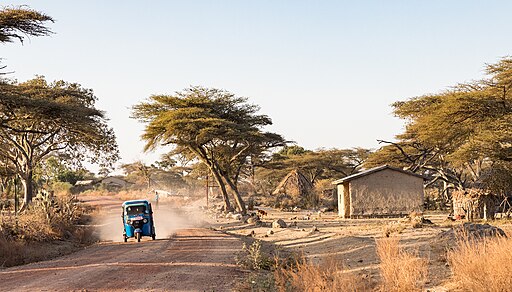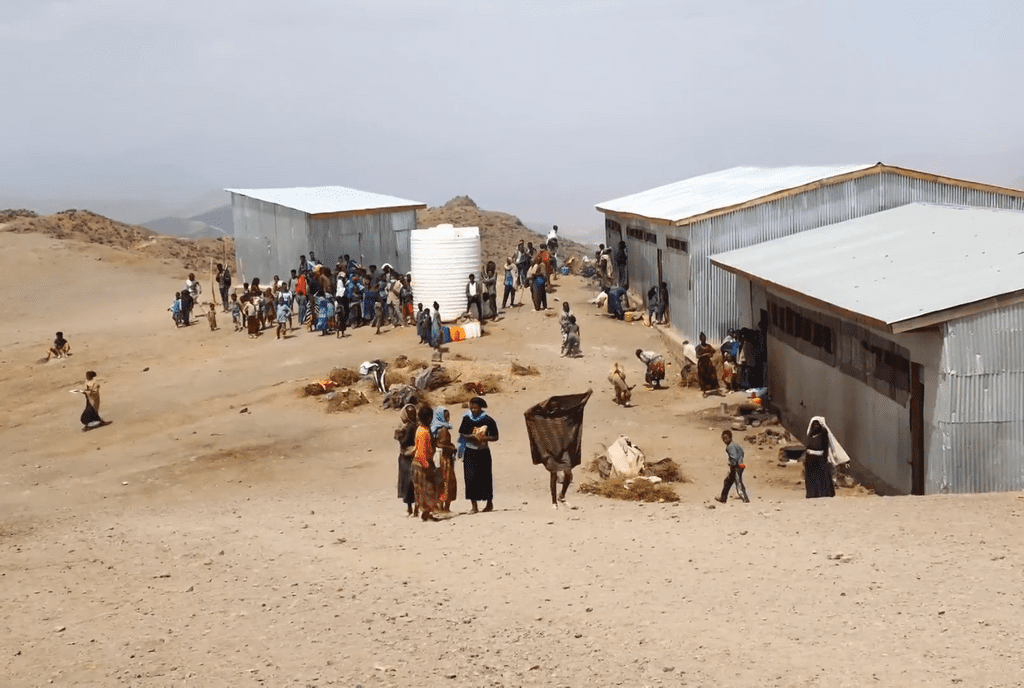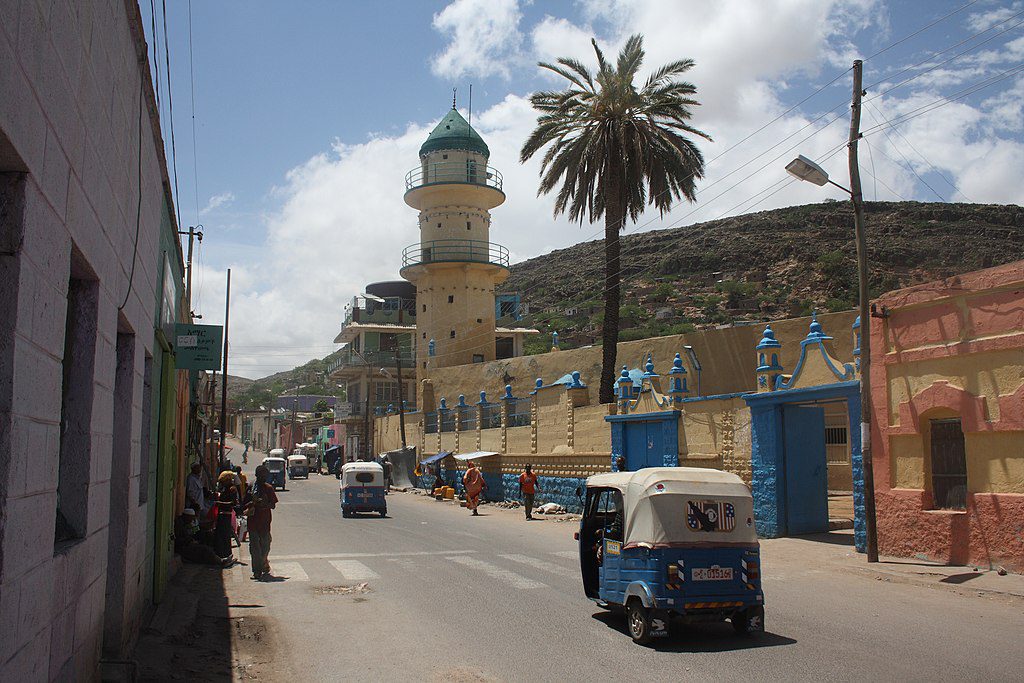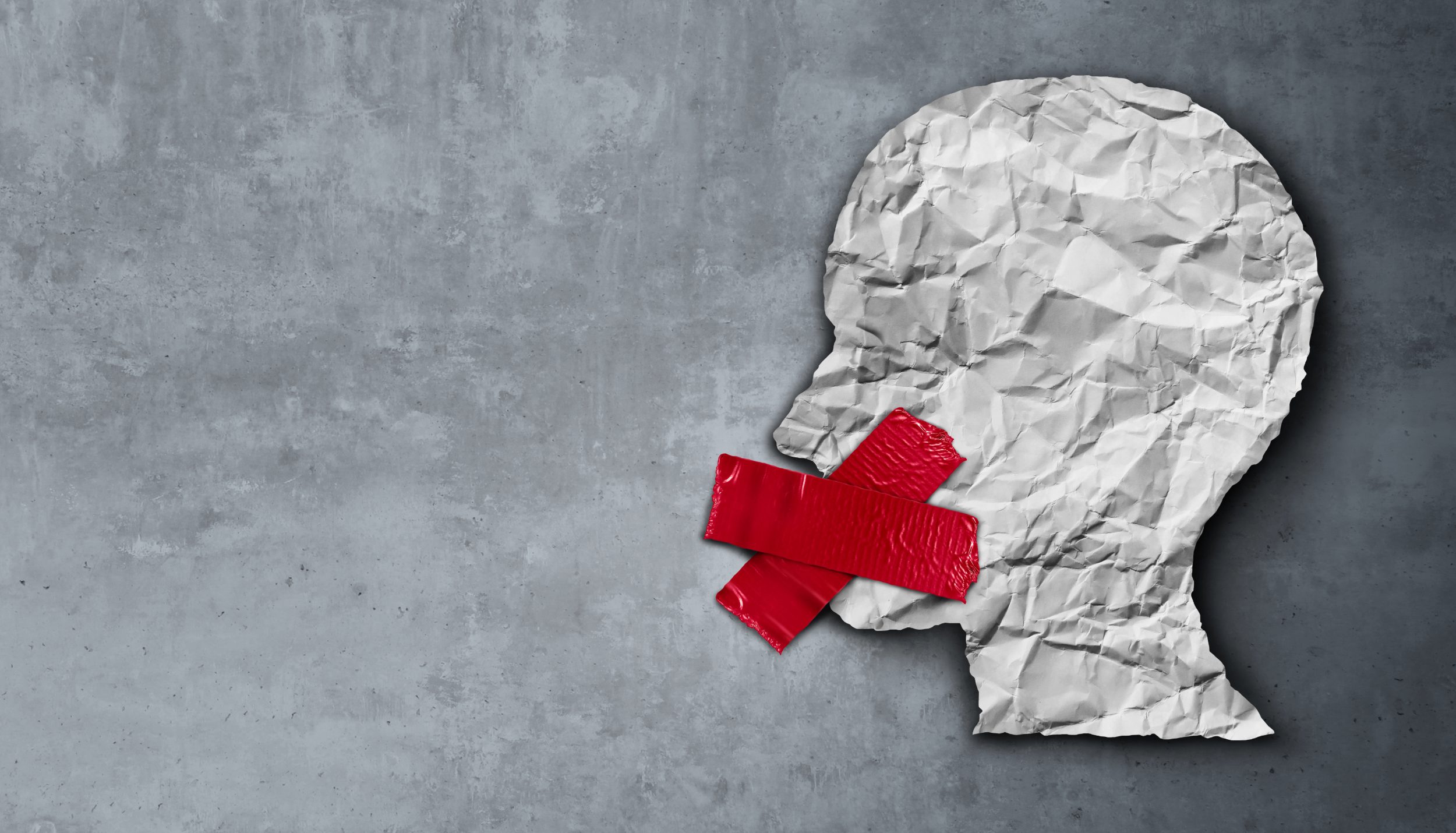Sept 16, 2023 address to Conference, ‘Towards a Sustainable Future for the Oromo Nation: Evaluating the Failed State of Ethiopia, Safeguarding Oromo National Interests, and Fostering Lasting Peace.’
First of all, let me offer my condolences to all of you who have lost loved ones during the conflict that is ravaging Oromiya, and Ethiopia as a whole, and affecting all.
I am honored to be invited to address this conference.
Facing a conflict that has turned to violence, the first obligation on the statesperson, whether national leader or an international mediator, is to define the problem.
It goes without saying that if a problem is not diagnosed, it cannot be solved.
So let me reflect on how we might define our challenge.
We should not define it as the crisis of the Oromo within Ethiopia but Ethiopia’s crisis in Oromiya. Or rather, it is crises in the plural. The two most significant underlying crises are the crisis of identity and crisis of political economy.
These two crises have historical roots and continuities, but are manifest in different ways in each generation. Each time they have particular manifestations for the Oromo people but they are fundamentally crises of the Ethiopian state, its identity and its political economy. I would argue that the question of democracy is downstream from these questions.
Let me give a brief history of definitions of these two questions, as they have been differently posed over the generations.
For Emperor Haile Selassie: the overriding question was the sovereign independence of the empire; which meant that the crises of identity and governance-development didn’t count except insofar as they fed into that issue.
First, the identity question.
The anthropologist Paul Baxter characterized the Oromo during imperial rule as ‘always on the outside looking in’. To be exact, Oromo were allowed in one by one, as individuals, on terms set by the gatekeepers of the state.
Oromo identity was defined both with reference to language, culture and history, and also with reference to the Amhara and the Ethiopian state. Oromo identity could not be analyzed without also analyzing Amhara identity. Indeed, the Amhara aristocracy were empowered to define the state and name the Oromo.
Second, the political economy question.
In the early 1930s, Margery Perham described Haile Selassie an absolute despot whose authority did not extend beyond the first checkpoint outside his capital city. This was how the king of kings, elect of God, ruled his empire: by keeping the people poor, ignorant and ungoverned, with low expectations.
The student movement and the 1974 Revolution were torn between the nationality question and the political-economy question, which at that time was principally the land question. There was no consensus on which should be addressed first. The revolution delivered some very modest gains on the nationality issue and some dramatic gains on the land question.
It was Oromo leadership that articulated the land reform agenda, though those who did so then became victims of the revolution themselves.
Oromo revolutionaries were divided as to whether to join or resist, and lost out on both. The Oromo remained, as a collectivity, on the outside looking in, though, as before, individuals were permitted to pass.
Some of the Oromo division and confusion can be put down to the divisions and confusion among Amhara political elites. They were no less divided over the revolution and the direction it took. However, as a collectivity, they remained on the inside looking out, and individuals who had left had a pass to re-enter the political establishment. Over time, the Dergue coopted their narrative, or perhaps they coopted the Dergue.
The EPRDF revolution of 1991 manifested same tension as 17 years earlier: the need to address both the nationality question and the political economy question. One of the things that is under-appreciated is that the federal formula was articulated most cogently by Oromo leadership, though those same leaders then became political casualties of the EPRDF.
The 1991 dispensation delivered on socio-cultural rights, and on development and welfare, although these in turn generated new tensions and contradictions. It didn’t deliver on political rights.
The original sin of the EPRDF was the OPDO, which in the words of Leenco Leta, left the Oromo as a whole ‘prisoners of prisoners.’ Nonetheless, many Oromo were ready to work with the EPRDF, gradually taking over the OPDO from within. The Oromo were again divided.
The progress during this period was ambiguous. The undoubted victory of elevating the Oromo language was diluted because it did not become a working language of the federal government.
The rapid economic growth of the EPRDF period also brought tensions, because the Oromo region is the best endowed in terms of fertile land, and most attractive for investment. Accelerated economic development, including urbanization, labour migration, and large-scale land acquisition, caused social disruption at a faster pace than any social protection programmes could ameliorate.
The 1991 formula, as enshrined in the 1995 constitution, was also problematic because national identities evolve and change over time, or degenerate into what my colleague Mulugeta Gebrehiwot calls ‘administrative nationalism.’
Under the EPRDF, the Amhara were out of power, or at least, many in the Amhara elite felt that way. The second sin of EPRDF was to redefine the EPDM as ANDM and to leave unresolved the tensions between Amhara nationality as (a) Abyssinian imperialism, (b) civic republicanism and (c) what the EPRDF called democratic nationalism.
All of the three approaches to Amhara identity were problematic.
One of the tragedies of 2005 was that the civic republicans made common cause with revanchist Abyssinian imperialists, under the banner of ‘Pan-Ethiopianism’, while ANDM failed to articulate an alternative, or indeed speak about Amhara identity at all.
EPRDF mark 2, under Meles Zenawi, shifted: Meles re-defined Ethiopia’s national problem as state viability. He assumed that the nationality issue was settled (at least for now). That was wrong. His concern was economic growth on the grounds that, without it, ‘national disintegration cannot be ruled out’. In that, I believe he was correct.
Meles described the challenge of governing Ethiopia as ‘running in front of an avalanche.’ His strategy was to outrun the socio-political and regional (that is, international) security challenges.
Meles was also aware of the tensions within the nationalities settlement but did not take any steps to address that, nor even to open up the necessary debate. The federal constitution needed to breathe, to adapt to a fast-changing Ethiopia, or it would become a cage.
As a result of which his successor, Hailemariam Dessalegn presided over a remarkable economic boom but also one that was destabilizing and unsustainable.
The uprising of 2015-17 was both a political uprising, for civil and political rights, and also a claim for socio-economic rights. It was a revolution of rising expectations. And of course it went terribly awry.
Abiy Ahmed inherited a functioning state and a fast developing economy, along with a consensus across the board that the repressive ways of the EPRDF were now history. Few leaders taking on the complex task of a political transition, democratization from above, were handed such strong cards.
Abiy took them for granted and wasted them.
He did not even try to define the problem, rather he assumed that he possessed the magical formula for solving every problem, real or invented.
The Oromo vacillated between joining or resisting. The Amhara political class doubled down on a vengeful, revanchist nationalism that masked the differences among them. We have rarely seen the politics of hatred in such pure, distilled form. Hatred such as this becomes its own punishment.
It was a backlash nationalism framed around hostility to others. This project was bound to come unstuck. And the new war in Amhara threatens to be a calamity, not just for Amhara, but for all Ethiopians.
Today the crisis is a failing state and a disintegrating empire-nation
Things have changed fundamentally in the last five years. Under Haile Selassie the state didn’t exist beyond the main cities. Under the Dergue the state didn’t exist beyond the cities, the army and the party. The EPRDF created the first truly administrative state that reached most of the country. And a generation of Ethiopians came of age thinking that this was the natural order of things, not a delicate construction that could crumble.
The language of democracy versus authoritarianism concealed the deeper issue of an institutionalizing state versus a system of government based on transactional politics, what can be called ‘the politics of the belly’ (old style) or ‘political marketplace’ (an updated version)
Abiy stood around admiring the view and was caught in the avalanche.
He inherited a state, dreamed of an empire, and his legacy will be that he left Ethiopia with neither.
To be precise, Abiy may have succeeded in resurrecting the Ethiopian empire, in the accurate historical sense of becoming an absolute despot whose authority does not extend beyond the first checkpoint outside Addis Ababa—wherever that boundary might be drawn.
He rules like the classic big man from 1970s Africa, dispensing his powers of patronage and intimidation, presenting one face to the outside world and another to the domestic, constantly shifting in his alliances and keeping his rivals and challengers off balance. He is turning Ethiopia into Zaire or Cameroon. For many African leaders and foreign diplomats, their response is, so what’s so bad about that? Except that just a few years ago, Congolese envied Ethiopia, instead of the other way around. Congolese are figuring out how to manage a state that doesn’t function. Somalis have accomplished this. Ethiopians haven’t. And it comes at a huge human cost.
There was a time when Ethiopian revolutionaries—whether they diagnosed the primary problem as nationalities or political economy—welcomed disorder and upheaval, because they expected that a new order would emerge.
Looking ahead, we can no longer proceed on that assumption.
The circumstances that make state crisis inescapable are not Abiy’s fault. They long preceded him and far outmatch him. What is his fault is that he failed to understand the Ethiopian predicament and acted in a reckless manner.
The problem is… standing still is not an option, on either the nationalities issue or the political economy issue. Time is not on our side. Continuing with today’s status quo will lead to state failure, as night follows day.
The questions are, if the current predicament is not resolved, how quickly the state will decay or collapse, and what will be the contours of that decay or collapse. Complex diverse states tend to fracture along ethnic or confessional lines, but the ethno-national fractures conceal dysfunctions of political economy that are no less profound, and perhaps more so.
For a gathering such as this, defined by ethno-national identity and solidarity, it would be natural to focus on that element of the existing crisis and the coming one. But it is, I suggest, no less important to delve into the questions of political economy.
And while the nationalities issue may be resolved through political debate and engagement. The political economy issue needs leadership and action.
That, I fear, is our predicament. I wish I could end on a more hopeful note.
Photo: African dwellings in Oromia, Ethiopia, Ninaras CC-BY-4.0



